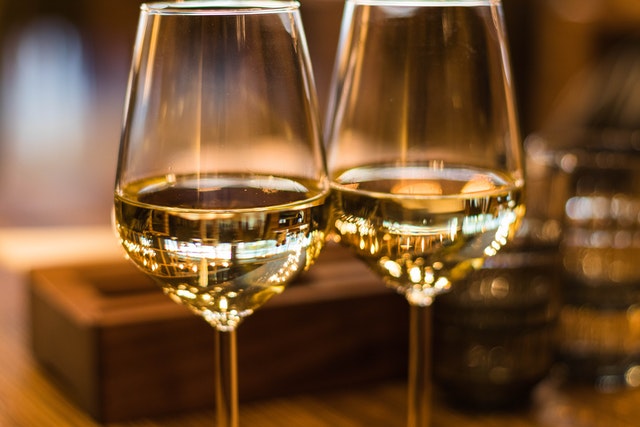If you are unfamiliar with the difference between wine and Champagne, read this article. The two are broadly similar, but they have essential differences. These include the acidity of Sparkling wines, the price difference, the pH, and the production method. Keeping these characteristics in mind will help you understand the difference between a wine and a sparkling wine. The next article will examine the price difference between Champagne and sparkling wine.
Sparkling wines have a higher acidity.
Although sparkling Wine has higher acidity than Champagne, they are generally sweeter and have a more prominent personality. Although these wines start painfully tart, they transform during secondary fermentation and develop serious characters. While this process limits the varietal aroma of the wine, the yeast and dosage in sparkling wines transform the wine into something rich and lively.
Sparkling wines are best for celebratory occasions. If you want to enjoy bubbly wine without getting too sweet, choose a lighter-bodied red wine. Champagne from warmer climates often boasts sweeter and fruitier flavors, while wines from cooler temperatures are more tart. For tart flavors, choose a light-bodied white wine, such as Riesling. You may also want to try the Usual Brut, which contains notes of lemon, elderflower, and bergamot.
Lower pH
Many winemakers don’t take the time to check their wines’ pH levels. This can cause their wine to taste flat, sharp, or acidic. Lower pH levels can also increase the sugar content in your wine. But what exactly does a lower pH level mean? Below you’ll learn how to determine the pH level of your wine. Moreover, you’ll learn about lowering the pH level in wine and Champagne.
Wine’s acid is essential to its composition, as it helps it mature over time. Higher acidity makes wine better for aging. But low pH wines are susceptible to microbes, which can ruin the taste of your wine. If you’re looking for a wine with the best flavor, aim for a pH of about three or four. For white wine, a low pH is desirable. Red wines will be more fruity.
Higher price
The high prices of wine and Champagne are not surprising, but what is the reason behind this? The recent global economic crisis has contributed to the premiumization of these wines and spirits, which will most likely continue.
The cost of producing these sparkling wines varies widely. The difference between vintage and non-vintage Champagne is significant. Vintage Champagne, for example, is made from grapes harvested in a single exceptional year. These vintages are extremely rare and in minimal supply. This factor adds to the cost of making this type of wine, and the high price of vintage Champagne makes it a good trade opportunity for investors. This trend is expected to continue as wine and champagne prices remain volatile.
Method of production
The traditional production method for Champagne involves fermenting the juice in stainless steel tanks and then aging it in bottles for thirteen to twenty months. Regular riddling occurs during the aging process to ensure less contact. The traditional way is no longer used widely. Today, more winemakers are incorporating the taille into the final wine.
The most common grapes in Champagne are Chardonnay, Pinot Noir, and Pinot Meunier. However, some vineyards use a combination of grapes for a different flavor profile. Once the grapes are picked, the champagne makers press them to extract the juice.
Origin
There are many variations in the production of Champagne, but the basic recipe remains the same: the grapes used are Pinot noir, Chardonnay, and Pinot Meunier. Each of these grapes is used to produce different styles of Champagne, but they all share the exact origin. As a result, Champagne can be made from various grapes, including those with slightly different tastes. Read on to learn about different types of Champagne and what goes into their production.
Champagne is produced by a method called méthode Champenoise. It begins its life as a typical wine, where grapes undergo primary fermentation. After that, yeast is added, and the acidic result is blended with sugar and bottled. This secondary fermentation is what gives Champagne its characteristic bubbles. The wine is left on the lees for fifteen months before it is finally bottled. However, Champagne has been a coveted drink for centuries.

